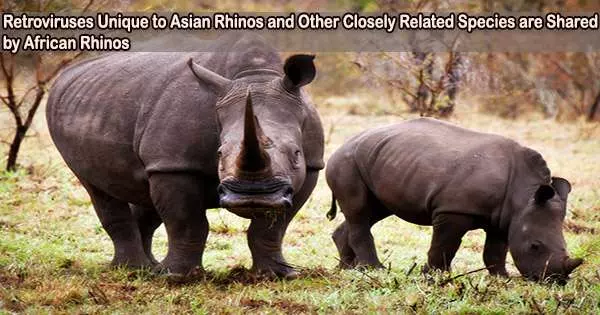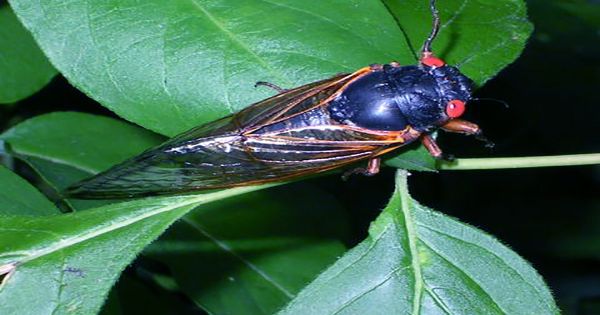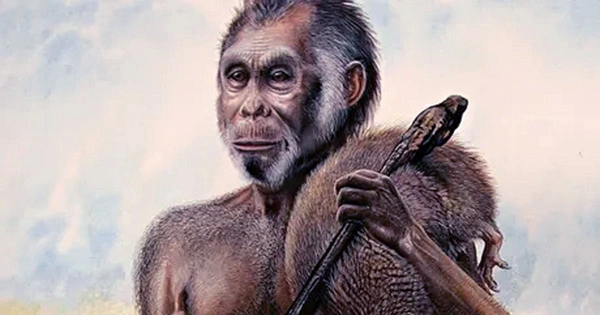A group of mammals known as odd-toed ungulates, which also includes horses and tapirs, includes rhinoceros. They are found in Africa and Asia. Gammaretroviruses like the Murine leukemia virus had not colonized their genomes throughout their evolutionary history, in contrast to the majority of other mammalian orders, according to evidence that was available until recently.
Most mammalian genomes now contain up to 10% retroviral-like sequences as a result of the colonization process, which is known as retroviral endogenization.
An analysis of modern and extinct rhino genomes headed by the German Leibniz Institute for Zoo and Wildlife Research (Leibniz-IZW) now found that African rhinos have dozens of gammaretroviruses in their genomes absent from the genomes of Asian rhino species, such as the Sumatran and Javan rhino, and that the African black rhino has two related groups, one missing from the white rhinos.
Gammaretroviruses are only found in African rhinos, and they closely resemble rodent viruses, especially those found in African rodents. This shows that exogenous viral variants infected African rhinos, causing their genomes to populate Africa.
The work is published in the Journal of Virology.
While things have improved a lot since the first human genome was sequenced, you miss things such as viral history when the databases lack so many species or high-quality reference genomes from many species. It is really another example of why we need more genome reference sequences from wildlife because we don’t know what other things we are missing and which conclusions we draw about presence and absence of sequences that may turn out to be a consequence of too little information.
Professor Alex Greenwood
Retroviruses, like the HIV-1 virus that causes AIDS, are distinct from other viruses in that their replication cycle requires them to bind to the host’s DNA. If this occurs in spermatocytes or oocytes, they may become a component of the host genome that is passed down to the next generation and subsequently appears in each and every cell of the offspring’s bodies.
Because of how frequently this evolutionary process has occurred, retroviruses or their remnants make up anywhere from 5% to 10% of the mammalian genome on average. Horses, rhinos, and tapirs have not been colonized by gammaretroviruses, a category of viruses related to mouse and bird viruses that have successfully colonized most mammalian genomes, according to a prior analysis of the genomes of horses and their relatives.
“We had data from several rhino species where we kept finding large portions of gammaretroviruses. When we used much newer and more complete reference genomes from modern and extinct rhinos we found that only African rhinos had been colonized,” says Dr. Kyriakos Tsangaras lead author of this study.
In reality, two distinct viral families have infected African rhinos, the scientific team discovered in collaboration with colleagues from Australia and Germany. One of them had only colonized the black rhino (Diceros bicornis) and not the white rhino (Ceratotherium simum) and was evolutionarily younger than the one shared by both.
The study suggests that the African rhino lineage was infected and its genomes were colonized in Africa because both groups are only found in African rhinos, which explains why the corresponding gammaretroviruses are not present in Asian rhinoceros and other rhino cousins.
“This ultimately comes down to lack of high-quality reference sequences of wildlife,” says Prof Alex Greenwood, head of the Wildlife Disease Department at the Leibniz-IZW. “While things have improved a lot since the first human genome was sequenced, you miss things such as viral history when the databases lack so many species or high-quality reference genomes from many species. It is really another example of why we need more genome reference sequences from wildlife because we don’t know what other things we are missing and which conclusions we draw about presence and absence of sequences that may turn out to be a consequence of too little information.”
















